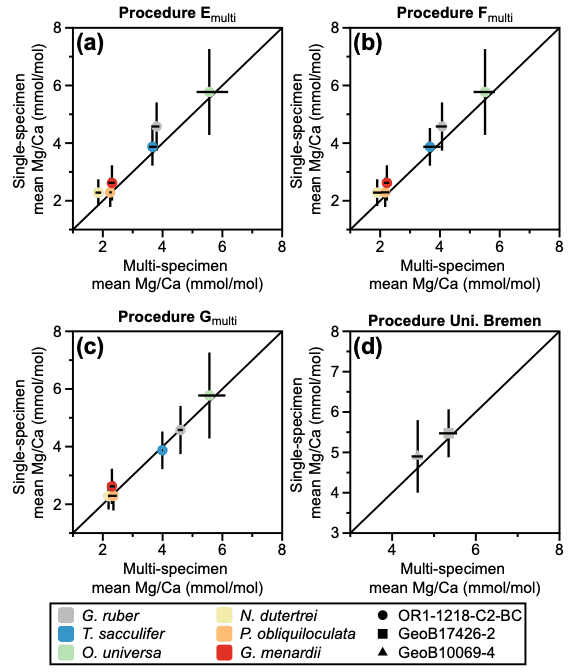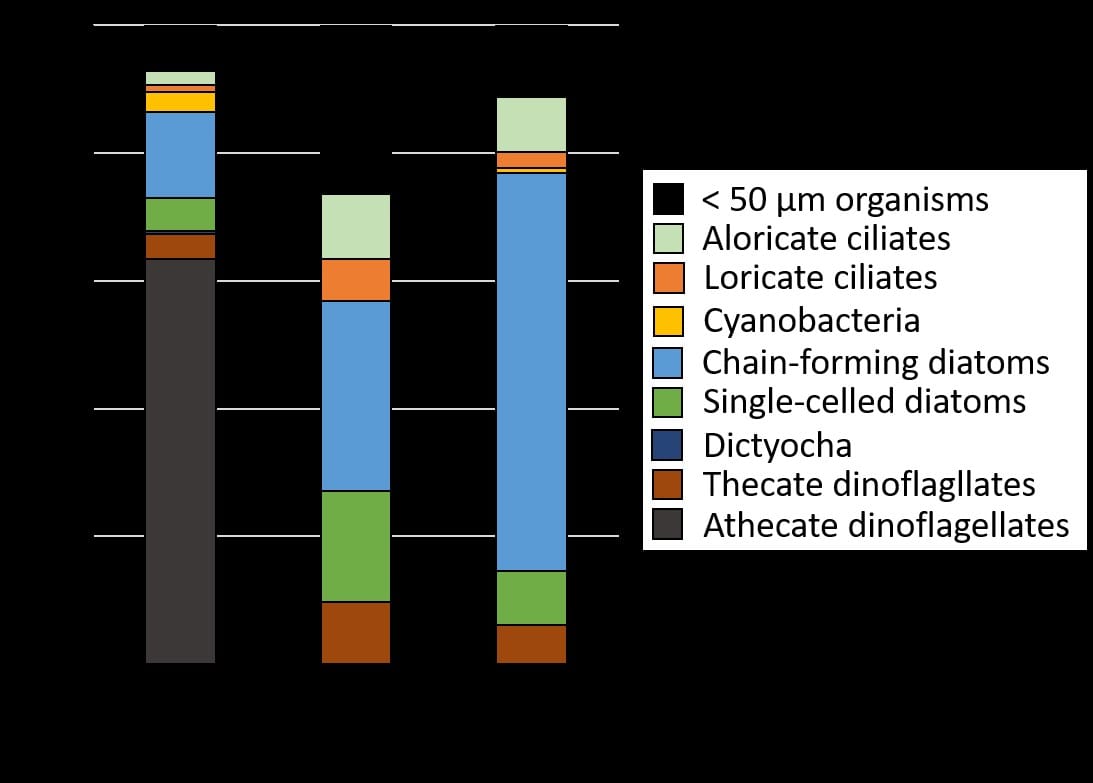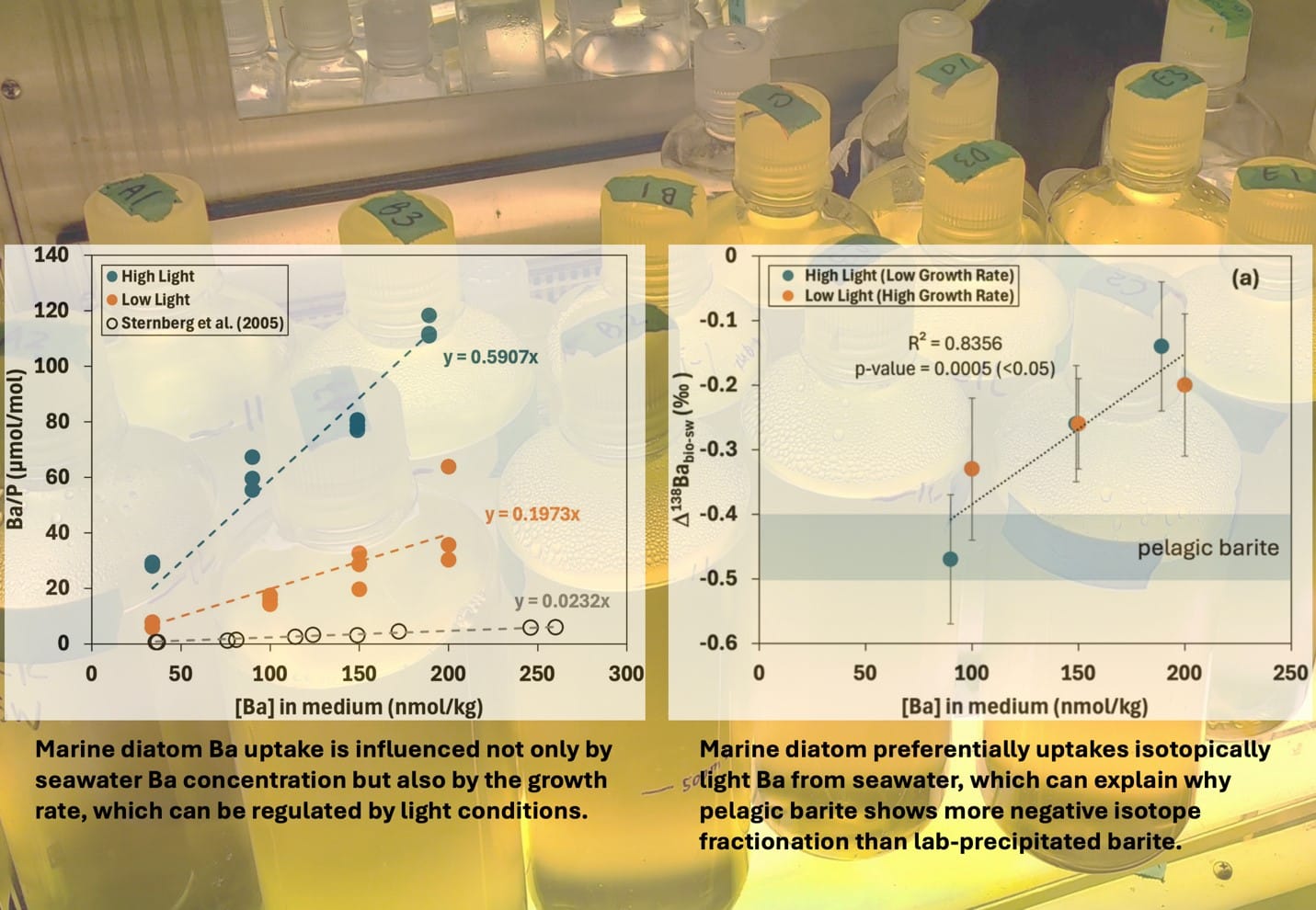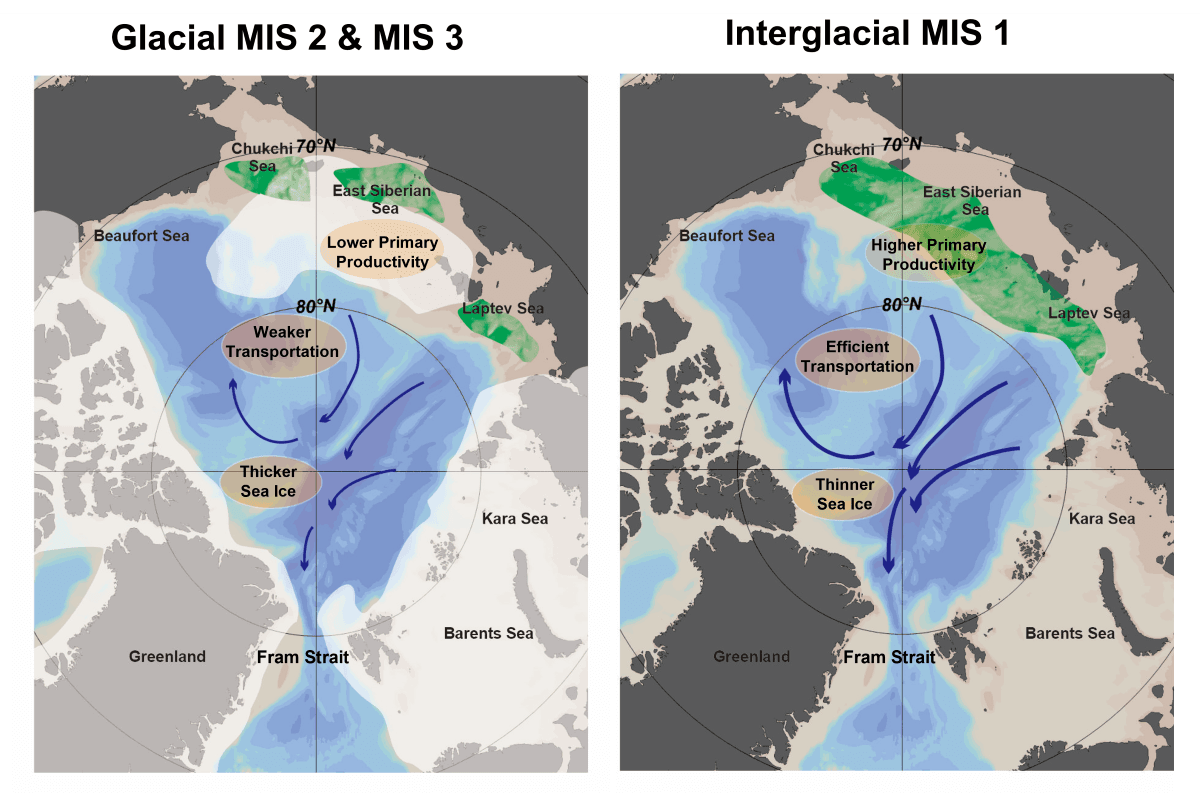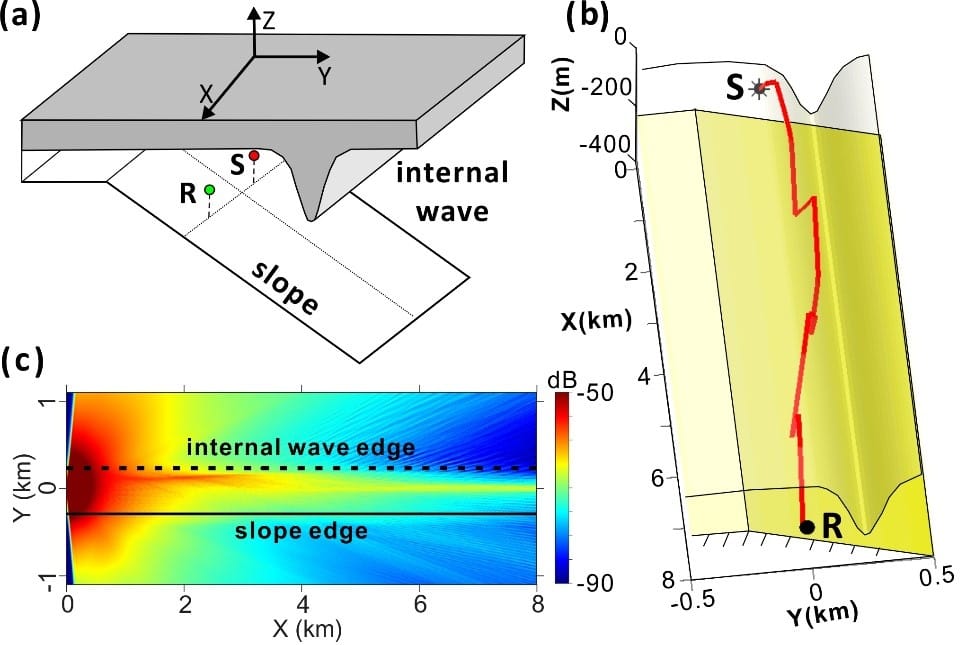The ocean is a crucial component of the global earth system, which affects the global/regional climate, weather, ecosystems, living resources and biodiversity. The ocean plays a major role in many human activities such as coastal protection, tourism, search and rescue, defense and security, shipping, aquaculture and fisheries, offshore industry and marine renewable energy. Therefore, the observation of ocean plays an important role to enable us to better understand ocean functions and to meet the societal needs related to these activities. The OceanGliders program (https://www.oceangliders.org/) started in 2016 to support active coordination and enhancement of global glider activity, which contributes to the international efforts of the Global Ocean Observation System (GOOS https://www.goosocean.org/) for Climate, Ocean Health, and Operational Services. The Boundary Ocean Observing Network (BOON https://www.oceangliders.org/taskteams/task-team-2/) is one of the tasks of OceanGliders. The glider operation team at Institute of Oceanography, NTU led by Prof. Sen Jan successfully joined BOON responsible for the long term glider observation of the Kuroshio off Taiwan (Fig. 2). Recently the BOON team published a white paper regarding the previous observations using gliders (Fig. 1), the work plan, and the objective of the program in Frontiers in Marine Science. There are about 100 co-authors from 72 universities and research institutes for the paper. The article is downloadable at https://www.frontiersin.org/articles/10.3389/fmars.2019.00422/full
(撰稿2019/10/12)
Citation of the paper:
Testor et al. (2019) OceanGliders: A Component of the Integrated GOOS. Front. Mar. Sci., https://doi.org/10.3389/fmars.2019.00422
Fig. 1. Glider observations for the Kuroshio under Boundary Ocean Observing Network.
Fig. 2. Mean sections of geostrophic velocity from the Pacific. Sections in the western Pacific include the Kuroshio offshore of (A, B) Taiwan and (C, D) Luzon.



